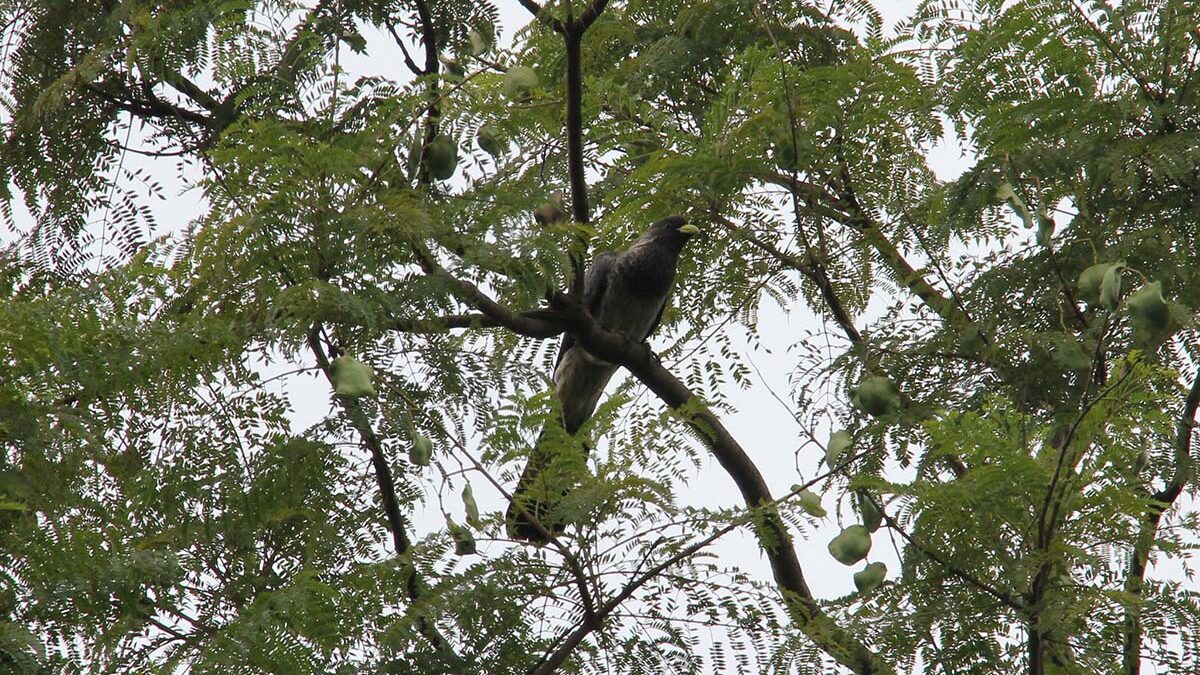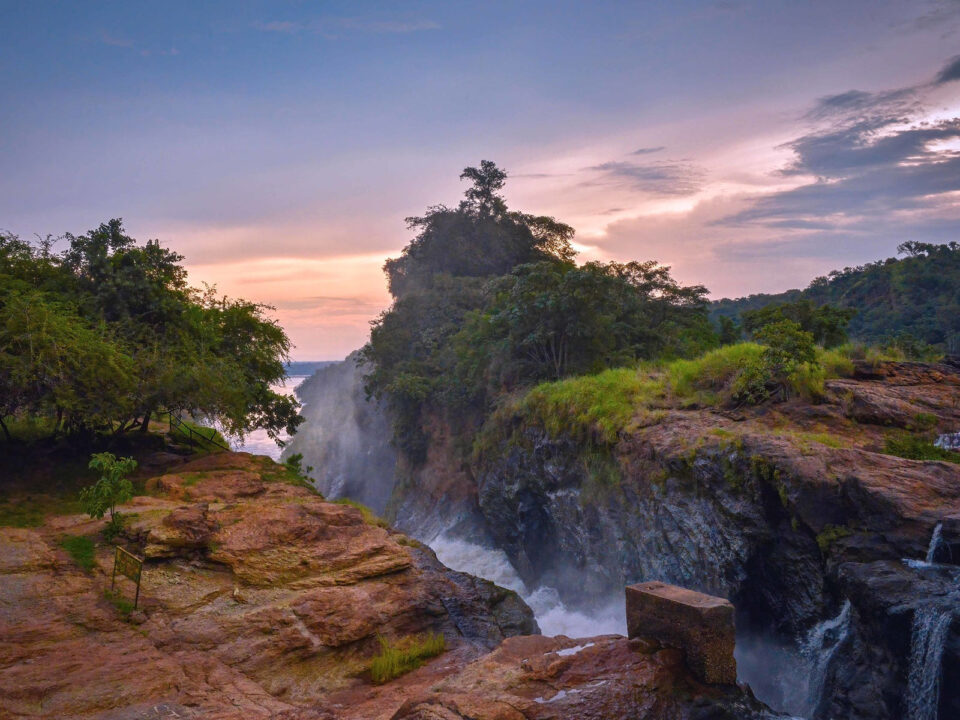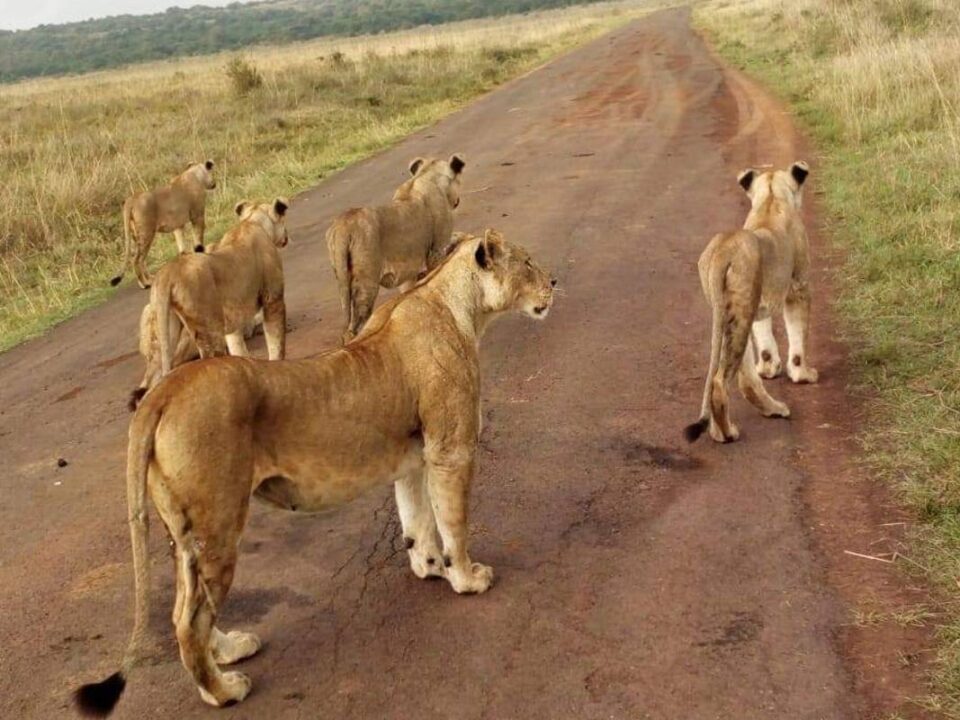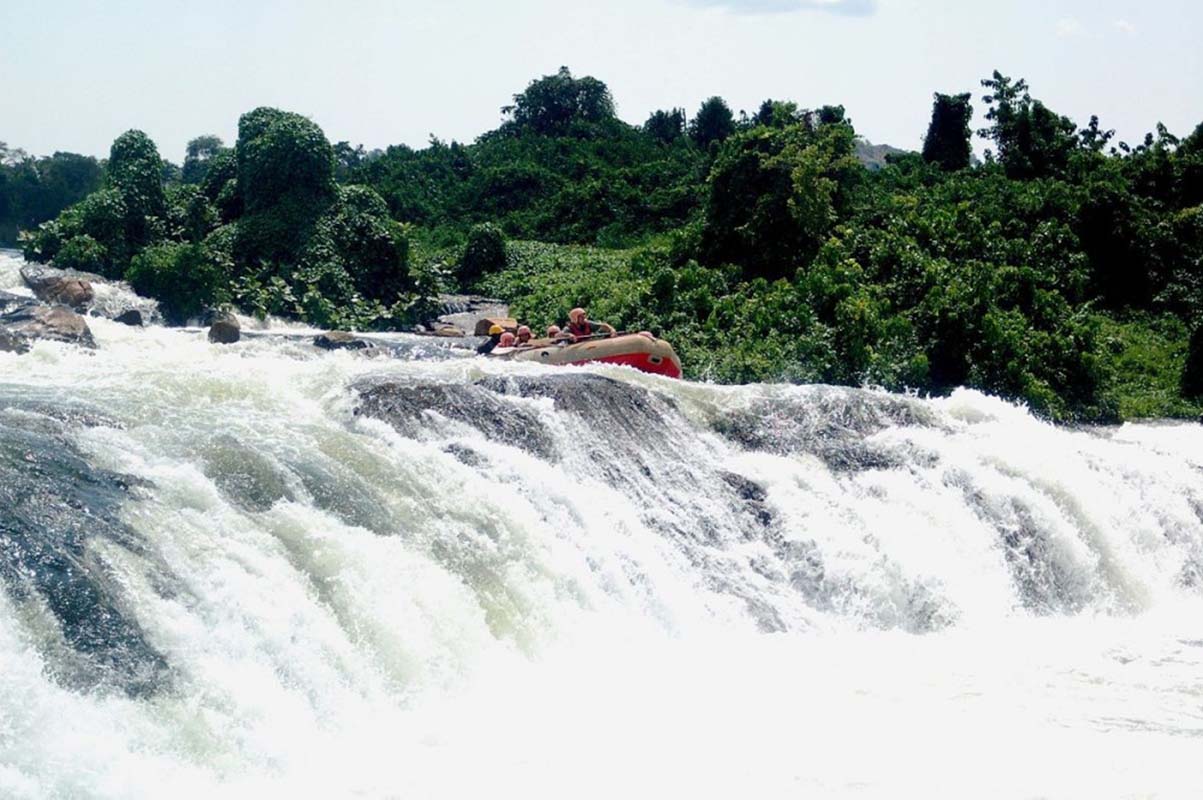
Bujagali Falls in Jinja
September 12, 2023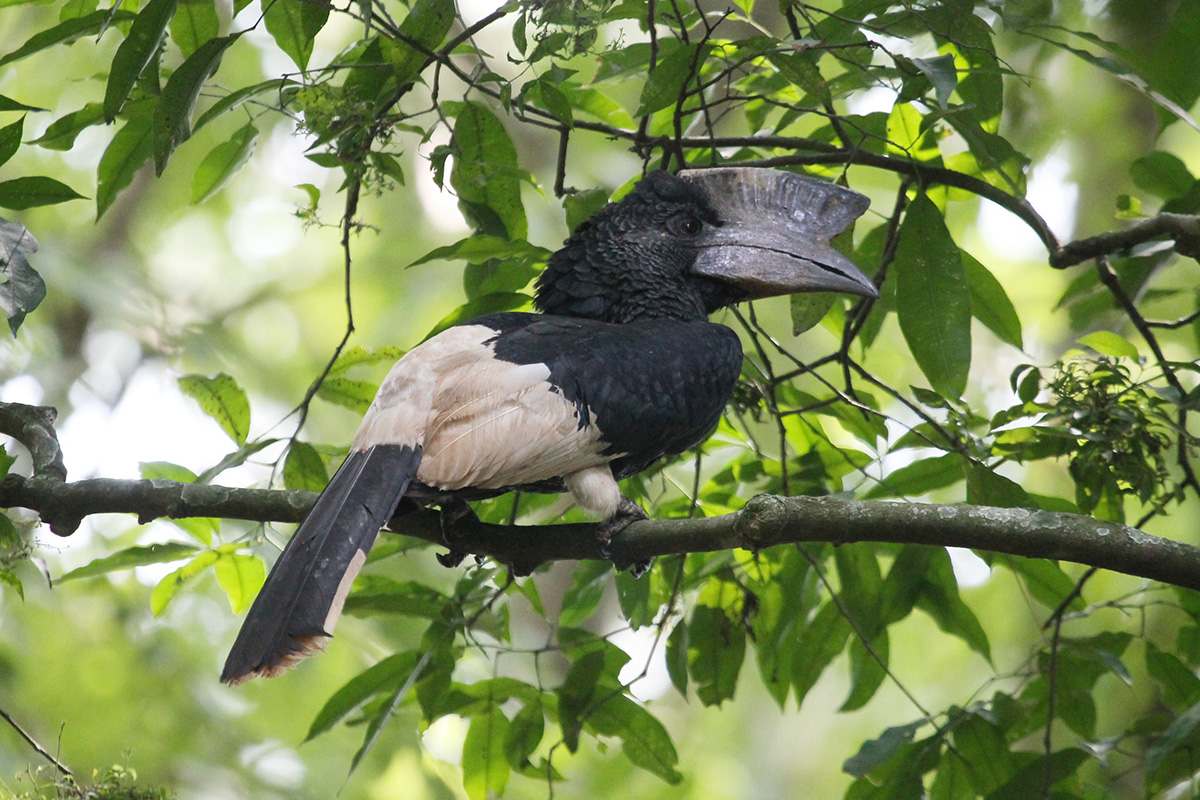
Visit Mpanga Central Forest Reserve
September 12, 2023Rabongo Forest: A Hidden Gem in Murchison Falls National Park
Rabongo Forest within Murchison Falls National Park is a sanctuary for nature enthusiasts seeking encounters with forest wildlife and a plethora of avian wonders. Nestled in the heart of the largest and oldest national park in Uganda, Kichumbanyobo Park entrance, the Kaniyo-Pabidi Forest stretches majestically over an extensive area of about 8 square kilometers. This verdant expanse primarily consists of Mahogany and Ironwood trees and is home to an array of captivating primate species, most notably the fascinating chimpanzees. This exceptional site is now under the guardianship of the Jane Goodall Institute.
Avian Delights: The Birds of Rabongo
Kaniyo-Pabidi Forest is a haven for bird enthusiasts, hosting a cornucopia of forest bird species. Among the myriad of avian wonders that grace this forest are the Rufous-sided broadbill, Zoothers camaronensis, Little green sunbird, Grey-headed sunbird, White spotted flufftail, Yellow-footed flycatcher, Sabine’s Spine tail, the remarkable Ituri batis, White-thighed hornbill, Blue-breasted Kingfishers, Pygmy Crakes, Green-breasted Pitta, Spotted greenbul, Wood house’s antpecker, Cassin hawk eagle, Dwarf Kingfishers, Yellow-crested woodpecker, Brown twin spot, Chocolate-backed kingfishers, Cassin’s Spinetail, Crowned Eagle, Cameroon Somber, Lemon-bellied Crombec, Puvel’s Illadopsis (unique to this forest in East Africa), and the enchanting Piping hornbill, among others.
Wildlife Wonder: The Treasures of Rabongo
Nestled amidst savannah plains, Rabongo Forest is an island of enchantment covering a modest 4 square kilometers. This tropical riverine forest stands as a gateway to sprawling savannah grasslands in the southeastern expanse of the Conservation Area. A mere one and a half-hour drive from the luxurious Paraa Safari Lodge, this lush forest invites exploration on foot or by vehicle. It offers an enticing opportunity to venture deep into the forest in pursuit of the charismatic chimpanzees, our close relatives sharing a remarkable 98.7% of DNA. Beyond the chimpanzee encounters, Rabongo Forest introduces visitors to a medley of primate species, including Olive baboons, Red Colobus monkeys, Red-tailed monkeys, Grey-cheeked Mangabeys, Vervet monkeys, Black and white Colobus monkeys, and Patas monkeys. This lush habitat also provides refuge to other mammals, including Forest Elephants, Leopards, Warthogs, Cape Buffaloes, and duikers, among others. Bird enthusiasts will find Rabongo Forest a true paradise, harboring captivating endangered bird species.
Getting to Rabongo Forests Murchison Falls National Park
These extraordinary forests lie south of Paraa and can be reached through the route via Masindi. The most commonly used path is the Kampala-Masindi route leading to the Kichumbanyobo Park entrance. A visit to these forests promises to be a highlight of any Ugandan safari. However, travelers are advised to ensure they have a capable 4-wheel-drive vehicle due to the challenging road conditions within the forest.
The Ideal Time for Rabongo Forest Exploration
Rabongo Forest, nestled in a remote location, is best accessed during the dry seasons of December to February and June to late August. Travelers are encouraged to bring insect repellants as the area is known for its tsetse flies. Moreover, this forest is a unique spot in Uganda where you might have the rare opportunity to observe pangolins.
Where to Find Accommodation in Rabongo Forest
While there are no accommodation options within Rabongo Forest itself, travelers can choose to stay at Budongo Eco-Lodge or in Murchison Falls and embark on a morning drive to the forest for their birding tour, ensuring both comfort and convenience during their exploration.

